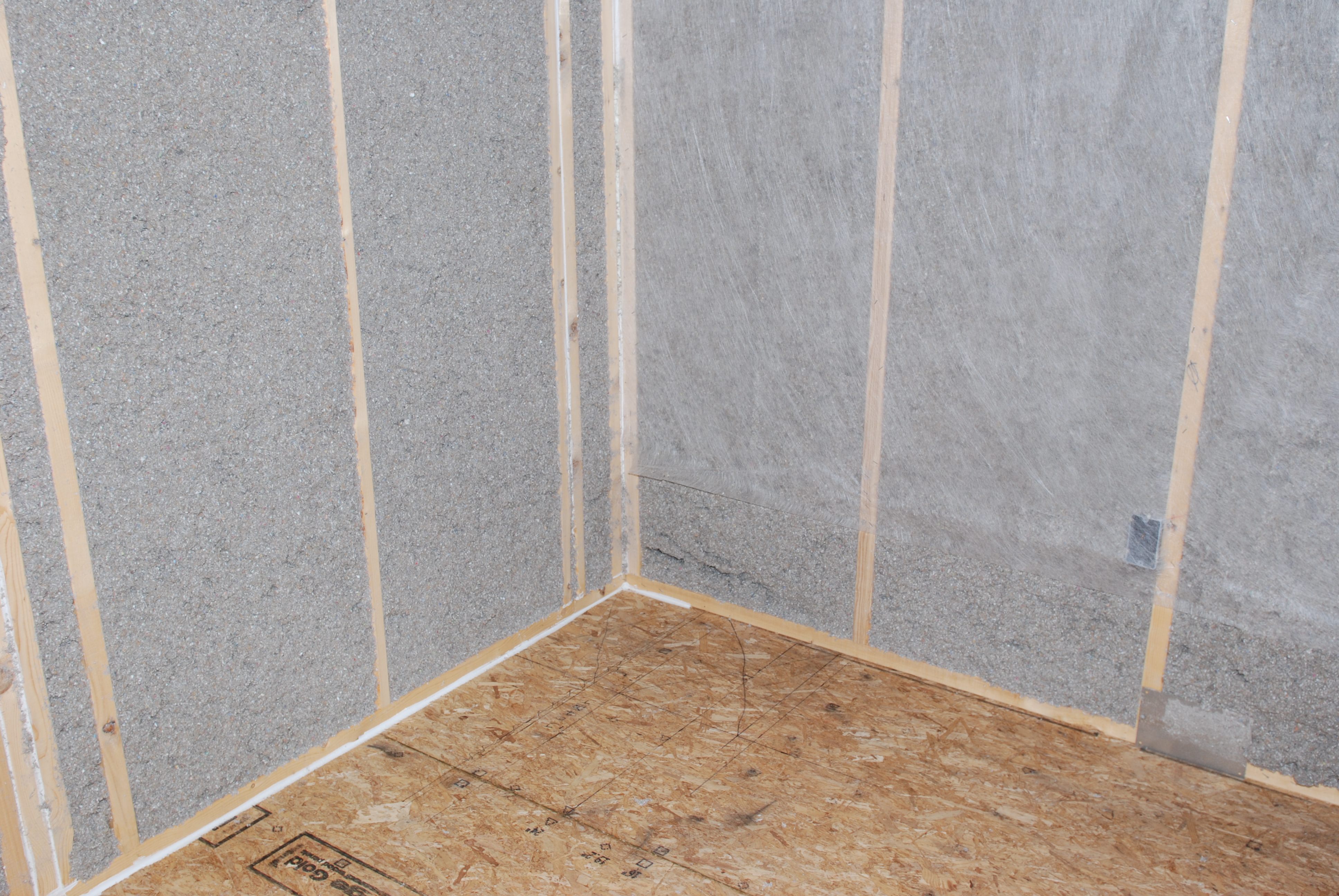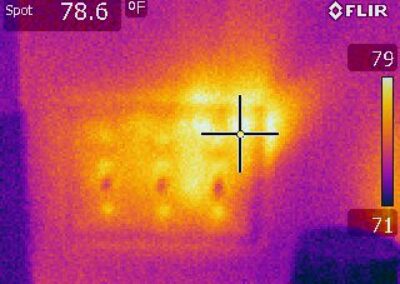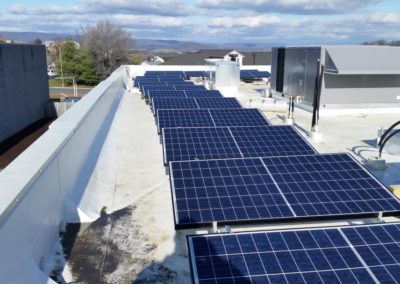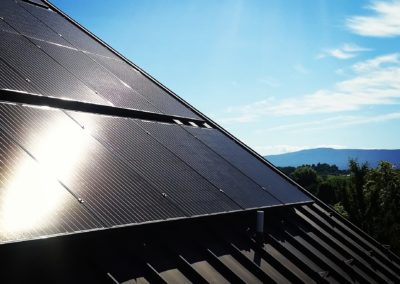R-Value is a measure of the reduction of heat transfer across a defined path. An R-Value of a product will provide you with information about the thermal performance of that specific product. It does not tell you the R-Value of the system (fiberglass, wood studs, sheathing, siding making up a wall assembly).
There is a test to determine R-Value where a sample of material is placed inside a testing chamber. This chamber has a hot plate and cold plate. The test determines how much heat goes through the material. This test does not factor into it, wind, humidity, human error, or temperature outside. These factors will greatly influence performance of the product being used with a given R-Value as well as the overall assembly of parts. Before you settle on a particular product with an R-Value you find acceptable – think through the entire assembly and climate you are placing the product.





